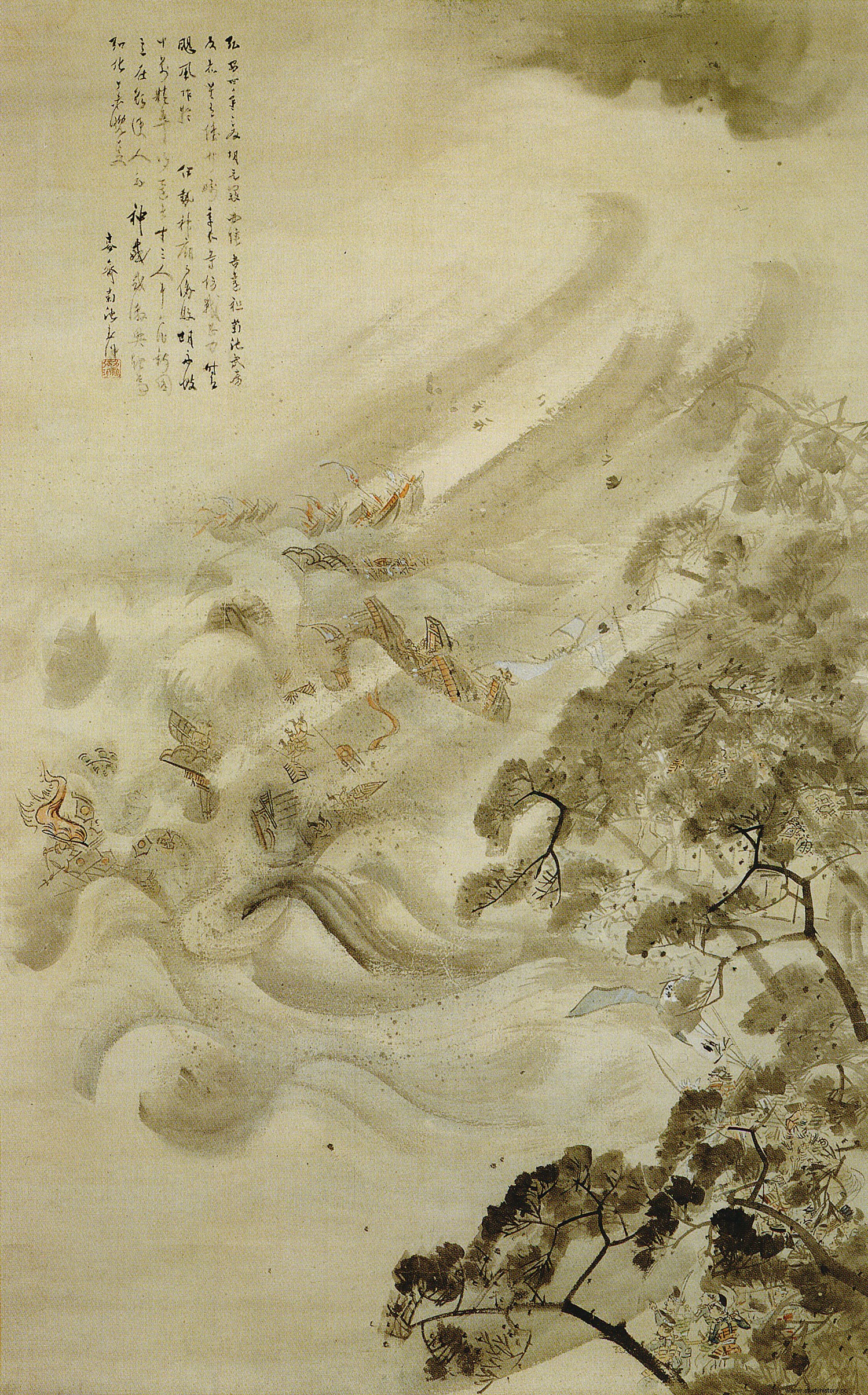The famous phrase I did not send my ships to fight against the elements attributed to Philip II, after the disaster of the Invincible Armada in its attempt to conquer England in 1588, could well have been pronounced by Kublai Khan in his two attempts to conquer Japan three centuries earlier.
If today we talk about a kamikaze We all think that we are referring to the suicide pilots of the Imperial Japanese Navy who launched themselves against allied units or installations during World War II, but the legend of the Kamikaze , divine wind , refers to two powerful typhoons that destroyed the Mongol fleet that twice tried to conquer Japan during the 13th century.

Typhoon destroying the fleet
In 1274, and already in control of China, Kublai Khan decided to take the plunge and conquer Japan. With a powerful fleet of almost 1,000 ships and some 40,000 soldiers he appeared in front of the land of the Rising Sun and, although the first clashes on the mainland were favorable to the Mongols, they were surprised by a terrible typhoon. Almost a third of the fleet was sunk and they had to give up. Seven years later they tried again with many more ships and soldiers but the result was the same... another typhoon forced them to withdraw. Discoveries, in this century, of the remains of ships that seem to have participated in this invading fleet, make us believe that many of these ships were barges more typical of fluvial waters than of the open sea. The desire for conquest, and the divine wind, defeated the Great Khan .
